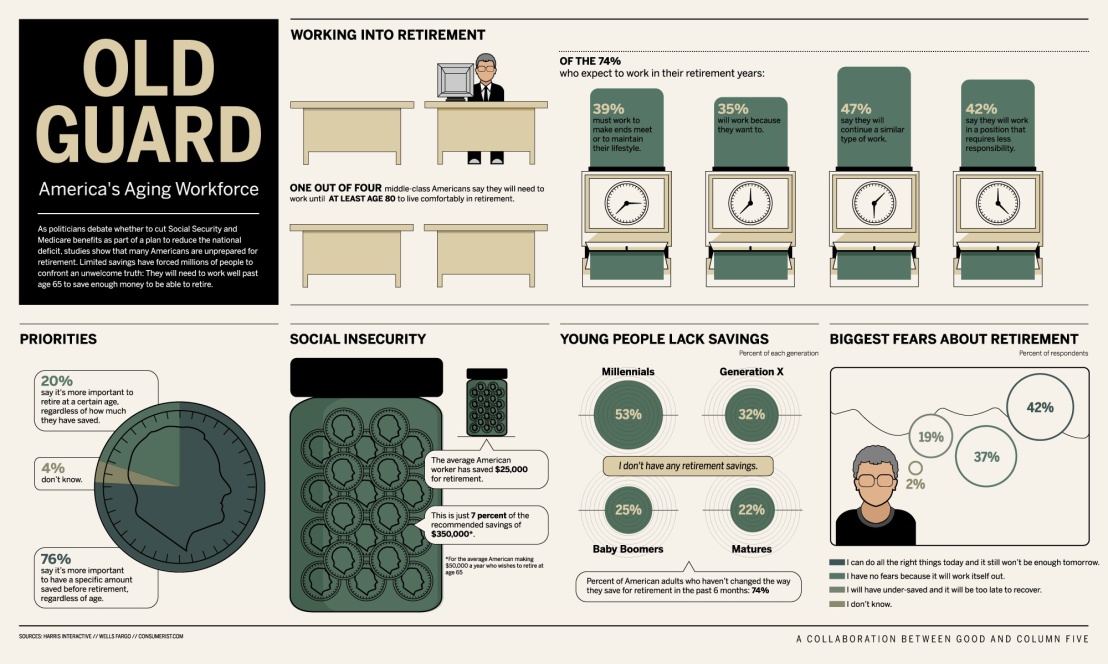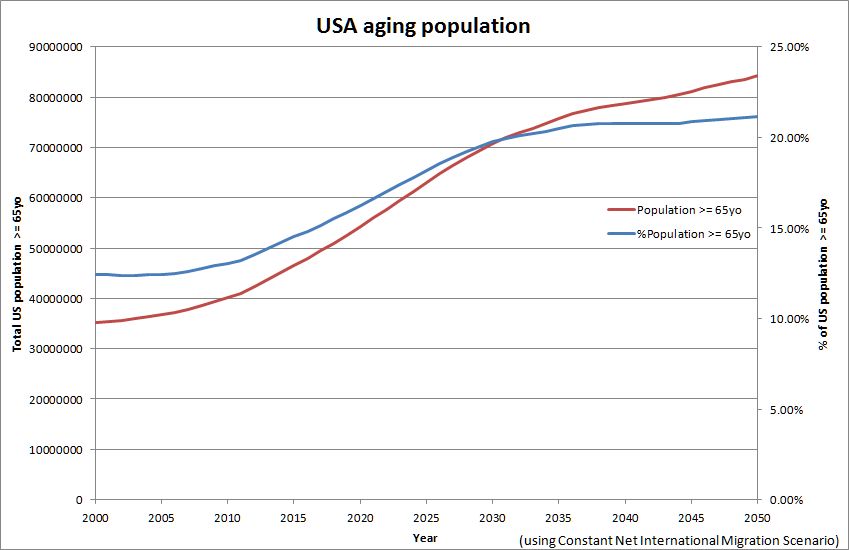For some reasons, I had to choose between a new, simple Nokia phone (but fortunately not a Windows one!) and my 1-year-old Android phone. Before I leave this Android phone, here are the few 6 Android apps that I really appreciated and used daily.
 FBReader is a very nice e-book reader for Android. It supports a lot of e-book formats like epub, fb2, (partially) mobipocket, html, RTF and plain text. It works very well with Calibre (a free software e-book reader / manager / converter) – or is it the opposite? I also really like the fact FBReader can browse and download some free e-books directly from the internet. Of course, reading an e-book on a small 3.2 inch screen isn’t the perfect user experience. However, the night mode (white text on black background) is very handy to read something when it’s late and you don’t want the harsh white background. You can find FBReader on the Android Market for free (it’s a free software, under the GPL).
FBReader is a very nice e-book reader for Android. It supports a lot of e-book formats like epub, fb2, (partially) mobipocket, html, RTF and plain text. It works very well with Calibre (a free software e-book reader / manager / converter) – or is it the opposite? I also really like the fact FBReader can browse and download some free e-books directly from the internet. Of course, reading an e-book on a small 3.2 inch screen isn’t the perfect user experience. However, the night mode (white text on black background) is very handy to read something when it’s late and you don’t want the harsh white background. You can find FBReader on the Android Market for free (it’s a free software, under the GPL).
Google Reader is the Android version of the web-based Google Reader. If you follow RSS/Atom feeds with the latter, you will be interested by its Android version. A very nice feature is that all your feeds will be synchronized between the different versions of your Reader: read a post on your phone and the web version knows you already read it (and vice-versa). This time the small screen isn’t really a handicap since posts are usually quite short (compared to books and short stories you could read on FBReader). Up to a certain version, I thought the Gooogle Reader for Android was not really using all the capabilities of a touch screen. But in a version recently introduced you just have to swipe a post to read the next one (a bit like turning a page with only one finger). You can find Google Reader on the Android Market for free.
Mustard is a Twitter client for Android. It is also a StatusNet client. Being both on Twitter (@jepoirrier) and Identi.ca (@jepoirrier too), it’s quite interesting to be able to read and post on both platform quickly one after the other. I may have missed something but Mustard lacks the possibility to post on all registered platforms at the same time. And it’s impossible to have all timelines merged in a common one with duplicates removed. But apart from this small annoyance, it’s a very good and fast microblogging client. You can find Mustard on the Android Market for free (it’s even a free software – under the GPL).
According to its own introduction, Shuffle is “a personal organizational tool, styled around the Getting Things Done methodology”. In layman’s words, it’s a very easy app to use to remember things you have to do. Beside just adding a note, you can also give them a deadline, a location and a context. I know I didn’t use everything (for instance, I didn’t use the synchronisation feature since I don’t have any Tracks installation) but it’s a nice tool to remember small ideas on the way and help prioritize them (note: a Moleskine is also good for that purpose). You can find Shuffle on the Android Market for free (and it’s even free software – under the Apache license).
Finally, I really liked the last versions of WordPress (the one that introduced the big white panels/buttons in a “dashboard”). First, these last versions crashed much less often than before (in fact I didn’t see them crash anymore). Then, its developers made it easy to quickly approve comment, add pictures/videos directly from the phone, read the stats and edit some previously posted messages (of course, it’s not very handy to edit a lengthy post on a small screen but it’s not WordPress fault here). If you have a blog on WordPress (or using the WordPress engine at your own website), it’s a must. You can find WordPress on the Android Market for free.
One last word about apps for kids (the “sixth” application). The free versions of Whiteboard and Kids ABC Letters are quite interesting for a 3 year-old boy.
As you can read, I mainly use free software (as in free speech) and apps to read things on the phone. Another use is for small, quick, tasks (like posting a tweet or adding something to remember). I think I will be able to live without that 🙂







